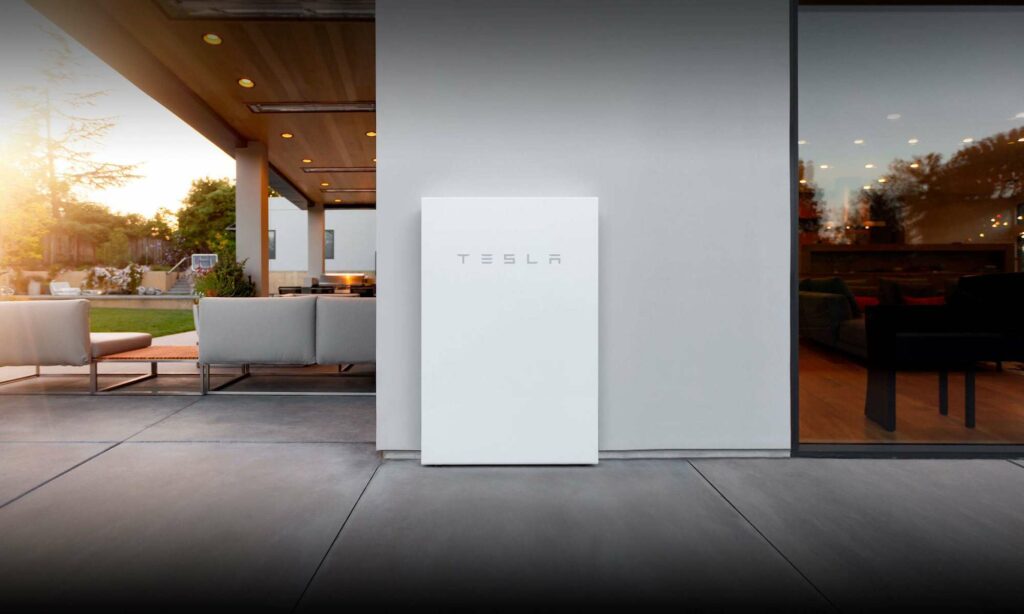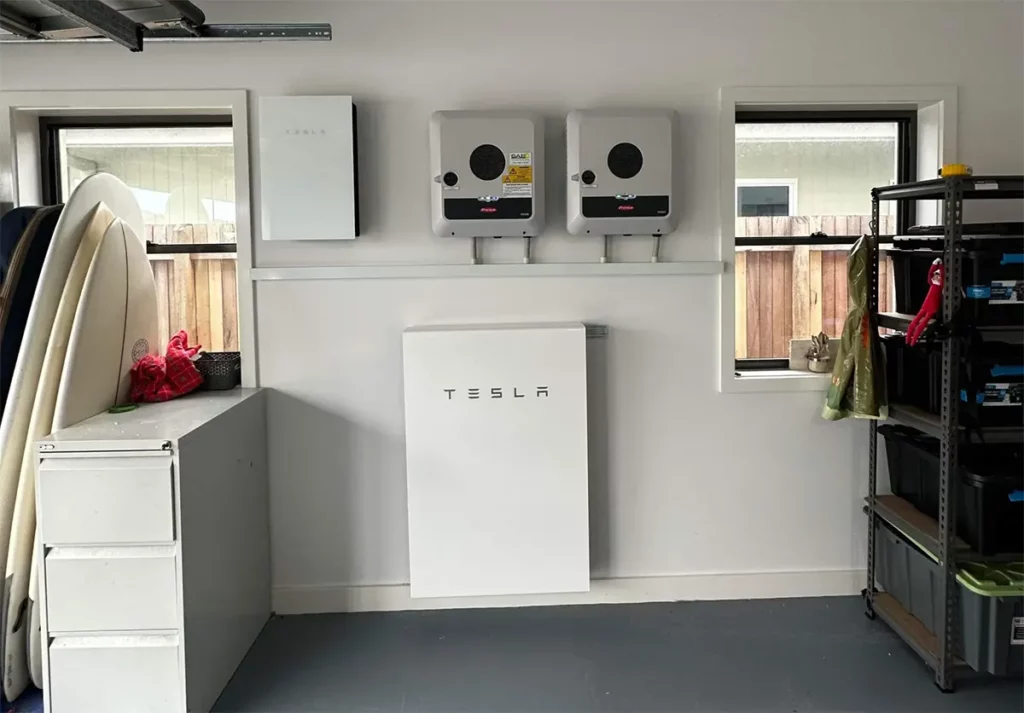Solar tax – is it all it’s cracked up to be?
Home » Solar tax – is it all it’s cracked up to be?

Lately there has been a lot of noise in the media again about a looming tax for solar panel owners.
For years now we have been encouraged to take up solar power as a cleaner, more affordable energy alternative. We have been encouraged and even incentivised to do this to ease the pressure on our aging infrastructure and to reduce our carbon emissions. As a result, 2.6 million homes now are enjoying solar energy, the strong uptake has contributed to a substantial drop in wholesale electricity prices, resulting in cheaper electricity for everyone.
So why now are we hearing about a possible solar tax? As consumers, we have invested thousands of dollars in reducing our carbon emissions, on the promise of saving money instead of paying hefty electricity bills, and collectively doing our bit to transition to a zero-carbon grid. So what’s changed, and is it really a dark day for solar owners?
Let’s break it down…
So the story goes that the Australian Energy Market Commission is proposing introducing a solar tax for solar owners on the excess power being exported back to the grid.

Image courtesy of ABC.net.au
The AEMC forecast that 50% of all energy users will be using home energy options such as solar within the next ten years and are exploring ways to ensure electricity remains affordable for every Australian. On March 25th, a draft determination was released addressing the problem of ‘traffic jams’ on the network, which they believe will get worse as more solar connects to the grid, because the grid was built for power flowing one direction (from powerplant to homes) not two (solar power exporting from the home back to the grid).
In simple speak, because so many of us have made to switch to solar and are enjoying the benefits, the grid is under strain at certain times of the day when exports back to the grid are at their highest. The AEMC are exploring many ways to ensure the grid will cope all while enabling more Aussies to make the switch to solar.

SAE Group image
If 50% of all energy users transition to home energy options in the next ten years that’s a seismic shift! Blocking power exports because the grid is under strain will cost us all more, because it means less renewable, cheaper energy gets to the system.
If we continue down the path we are on, solar owners stand to lose considerably more. In some areas there are already traffic jams occurring which means your solar export is possible already being limited.
The draft determination released by the AEMC does not recommend a tax. What they have proposed is adopting a pricing structure that is two way, allowing networks the flexibility to better manage power coming back in to the grid by incentivising it at the times they need it.
Here is the conundrum; our power usage is highest early morning and again in the evenings, so we are drawing heavily from the grid at these times. Most solar power is exported during the middle of the day when energy consumption is at its lowest.

Image courtesy of SunPower
What the AEMC is proposing is looking at ways we can store excess solar energy to be sent back to the grid at times when it is needed, such as encouraging home battery storage and Virtual Power Plants (VPP) and allowing the networks to deliver incentives that are time of use.
In any case this is ‘what if’ is still a long time coming, developing new pricing options would be done in consultation, and negotiated with networks, community, and consumer groups. The states and territories would then need to also table this and it would also need be passed by the likes of the Australian Energy Regulator.
Are you willing to give up years of solar savings on a what if?
Some see this as a roadblock tactic to stem the uptake of renewable energy in Australia, and some see it as planning for the future by ensuring there is an equitable way to handle the expected uptake of solar to double in the next ten years.
The propaganda is unfortunately stopping thousands of Australians from taking up solar power in Sunshine Coast as a clean, affordable alternative to coal power, and quite incorrectly so.
My question to you is simple, would you walk away from $1,800 a year in potential solar savings and clean energy generation if you it was going to cost you $100?
If you would like to know more about this draft determination or want to know is solar is right for you, our highly qualified energy consultants can assess your energy habits and let you know if you would stand to benefit from solar energy at your home or business.
At SAE Group, we are Gold Master Electricians and hold ISO accreditations for safety and quality. We are industry leaders in both civil and community construction, design, and installation of quality solar and energy solutions. Knowledge is power
*The Australian Energy Market Commission is an independent statutory body that sets the rules and legislations for the Australian electricity and gas markets. They set the National electricity rules, national gas rules and national energy retail rules, and provide market developments advice to governments.








